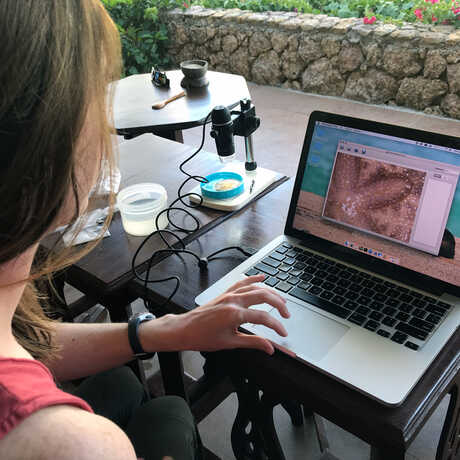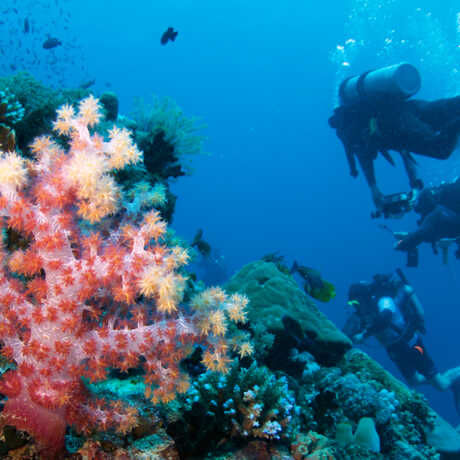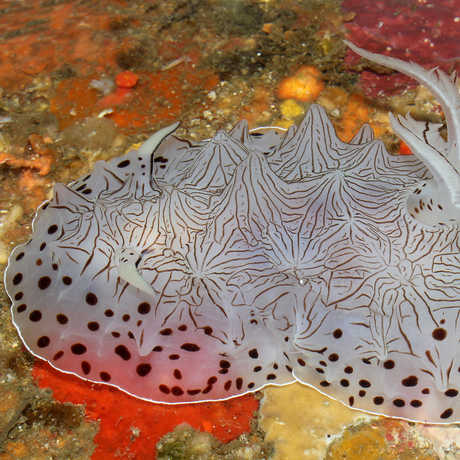The shallow water team found plenty of reasons for ocean optimism during their survey of coastal Zanzibar's shallow (0-100 feet deep) reefs. Dr. Gary Williams, a curator of the Academy’s Invertebrate Zoology and Geology (IZG) department, observed overall good health of the coral reefs, with “little evidence of bleaching, disease, or obvious signs of physical damage.” Species needing clean water to thrive were recorded in both outer reefs and nearshore sand and seagrass areas by Senior Curator of IZG Dr. Terry Gosliner, further indicating a “diverse and healthy ecosystem.”
While Zanzibar’s reefs looked to be in good shape, it’s certainly not a totally clean bill of health. IZG curator Dr. Rich Mooi noted a lack of top predators and herbivarous fish inhabiting the reefs, a clue that some important links are missing from the local food chain. Land-based pollution and overfishing also pose perennial threats to the island’s marine ecosystem. Observations from the mesophotic team later this month will help paint a more detailed picture of the state of Zanzibar’s shallow and deep reefs, and offer insights to inform a more substantial ecological assessment in the future.




